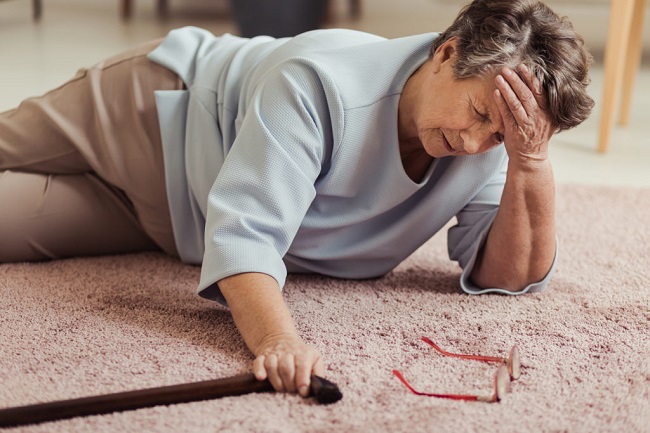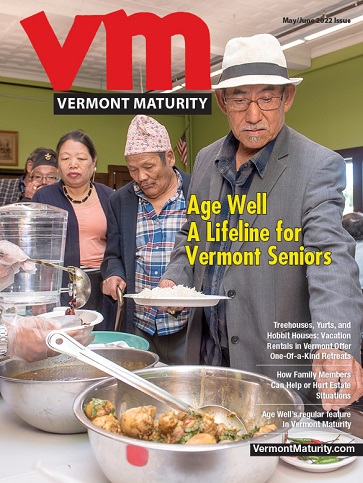
As we age, maintaining a safe and secure living environment becomes increasingly important to ensure our well-being and independence. In-home injuries can pose significant challenges for older adults, impacting their quality of life and overall health. In this article, we will explore the three most common in-home injuries for older adults and provide practical tips on how to avoid them.
Falls: A Leading Cause of In-Home Injuries
Falls are a major concern for older adults and are often the leading cause of injuries. According to the Centers for Disease Control and Prevention (CDC), millions of older adults are treated in emergency departments for fall-related injuries each year. The consequences of falls can range from minor bruises to serious fractures, head injuries, and even long-term disabilities.
How to Avoid Falls
Clear Clutter
Keep pathways and living areas free of clutter, ensuring that items are neatly stored away. This reduces the risk of tripping over objects.
Secure Rugs
Use non-slip mats or adhesive strips to secure rugs and prevent them from sliding on slippery floors.
Adequate Lighting
Ensure that all areas of your home are well-lit, especially hallways, staircases, and bathrooms. Consider using motion-sensor lights for added convenience.
Grab Bars and Handrails
Install grab bars and handrails in bathrooms, along staircases, and in other areas where support is needed. These aids can provide stability and help prevent falls.
Regular Exercise
Engage in regular physical activity to improve strength, balance, and coordination, reducing the risk of falling.
Burns and Scalds: Kitchen and Bathroom Hazards
Burns and scalds are common in-home injuries, often resulting from accidents in the kitchen and bathroom. Older adults may experience decreased sensitivity to temperature, making them more susceptible to burns and scalds.
How to Avoid Burns and Scalds
Set Water Heater Temperatures
Adjust your water heater to a safe temperature (around 120°F or 49°C) to prevent hot water scalds.
Use Oven Mitts and Potholders
When cooking, always use oven mitts and potholders to handle hot pots, pans, and dishes.
Kitchen Safety
Be cautious when using stovetops and ovens. Turn handles of pots and pans inward to prevent accidental spills.
Test Food Temperature
Before consuming hot food or beverages, test the temperature to avoid scalds.
Microwave Safety
Use microwave-safe containers and be careful when removing hot items from the microwave.
Medication Mishaps: Preventing Accidental Harm
Medication-related incidents are another significant concern for older adults, as the complexity of managing multiple medications can lead to errors or adverse reactions.
How to Avoid Medication Mishaps
Organize Medications
Use a pill organizer to sort medications by day and time. This helps ensure that you take the correct dosage at the right time.
Keep a Medication List
Maintain an up-to-date list of all your medications, including dosage instructions. Share this list with healthcare providers to prevent potential interactions.
Regular Review
Periodically review your medications with your healthcare provider to ensure they are still appropriate and safe.
Avoid Self-Adjustment
Never adjust medication dosages without consulting your doctor.
Follow Instructions
Always follow prescription and over-the-counter medication instructions carefully.
Conclusion
By being proactive and implementing these safety measures, older adults can significantly reduce the risk of common in-home injuries. Falls, burns, scalds, and medication mishaps are preventable with careful planning, proper organization, and a commitment to maintaining a safe living environment. Prioritizing home safety empowers older adults to enjoy their homes with confidence, maintaining their independence and well-being for years to come.
Related Articles & Free Vermont Maturity Magazine Subscription

Best Over-the-Counter Hearing Aids for Older Adults
How Does Medicare Cover Preventive Health Services?






Comment here